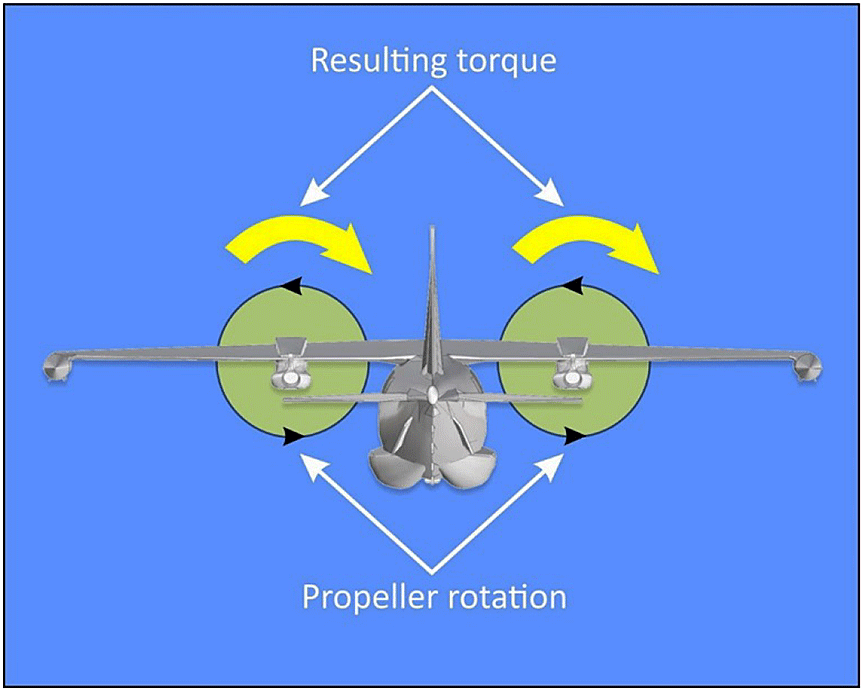Unstable approach and aircraft upset
2016 collision with terrain of Mitsubishi MU-2B in Îles-de-la-Madeleine, Quebec
The occurrence
On 29 March 2016, a privately operated Mitsubishi MU-2B-60 aircraft (registration N246W, serial number 1552S.A.) departed Montréal/Saint-Hubert Airport, Quebec, on an instrument flight rules flight to Îles-de-la-Madeleine Airport, Quebec. The pilot, a passenger-pilot, and five passengers were on board. At 1.4 nautical miles west-southwest of the airport, following an unstable approach to Runway 07, the aircraft deviated south of the approach path. At approximately 1230 Atlantic Daylight Time, aircraft control was lost, resulting in the aircraft striking the ground in a near-level attitude. All occupants were fatally injured, and the aircraft was destroyed.
What is an unstable approach?
An unstable approach continued to a landing is the leading risk factor in approach-and-landing accidents. It occurs when an aircraft does not meet a number of flight criteria – including a stable speed, descent rate and flight path - and when all required checklist activities are not completed within range of the landing site.
The MU-2B aircraft pilot checklist states that: "It is strongly recommended that the airplane be established on a stable approach for the last 1000 feet of descent in IMC – instrument meteorological conditions – (or for the complete final approach segment of a non precision approach if that segment is less than 1000 feet above the field) or the last 500 feet of descent in VMC [visual meteorological conditions] conditions." If the approach is unstable, the pilot should consider executing a go-around, which consists in abandoning the approach and climbing to a safe altitude to determine the next course of action. The decision to execute a go-around is not an indication of poor flight crew performance but rather prudent decision making.
Transport Canada, operators, and aircraft manufacturers have defined stable-approach criteria, which pilots are trained to follow. The MU-2B Aircraft Flight Manual and pilot checklist recommend a go-around if deviation from any of these criteria occurs:
- Airspeed range: airspeed is maintained steady between reference landing speed (Vref)Footnote 1 and Vref plus 20 knots.
- Power settings: power is set to maintain an airspeed of Vref to Vref plus 20 knots.
- Aircraft attitude: no unusual maneuvering is required to accomplish the landing.
- Aircraft configuration: configured for landing.
- Crossing altitude: proper glide path is maintained.
- Rate of descent: proper glide path / descent rate is maintained.
- Checklists: all checklists have been completed.
What led to the aircraft upset?
With less than two miles away from the runway and flying at about 500 feet above the ground, the pilot realized that the airspeed had dropped well below what was necessary for a safe approach and was only within a few knots of the aircraft stall speed. To increase airspeed, the pilot rapidly added full power to the engines, which caused an aircraft upset and resulted in the aircraft sharply rolling to the right and descending rapidly. Although the pilot managed to level the wings, the aircraft was too low to recover prior to striking the ground.
The sharp rolling motion encountered by the occurrence aircraft, following the sudden increase in engine power at low airspeed, is the effect of "propeller torque" and other aerodynamic factors.
The third law of Newton states: "For every action there is an equal and opposite reaction". As such, when a propeller is turning counterclockwise (when viewed from the rear), as is the case for the MU-2B aircraft, it will impart a tendency for the aircraft to rotate clockwise.
Propeller torque is a movement about the aircraft's longitudinal axis. It is countered by moving or trimming the ailerons or spoilers. For example, in the case of the MU-2B aircraft, to counter the aircraft rolling to the right, the pilot must apply the left spoiler.
However, a sudden increase in engine power will generate a sudden increase in propeller torque for which the pilot may not be prepared to compensate. This situation is particularly hazardous during the approach and landing phases of flight, as the aircraft is at a relatively low speed. When the speed of the airflow passing over the wings and vertical stabilizer is low, these control surfaces are much less effective and may not be able to counteract the propeller torque.
